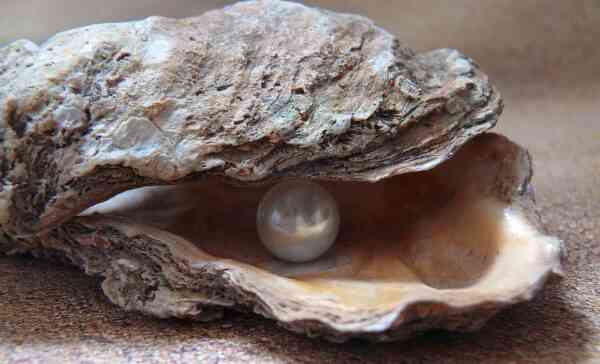Oysters, which are clams, have adapted to a rather unusual lifestyle. Almost all of them never move, attaching themselves to their chosen place, and in case of danger they simply close the valves, protecting themselves from predators who want to feast on them. True, this is not a hindrance for people, and in most countries oysters are an expensive and rare delicacy.
Interesting facts about oysters
- Once upon a time in France, they were considered food for the poor, because the nobility simply disdained them. But when the poor ate almost all the oysters on the coast, because of their rarity, they quickly turned into a delicacy.
- Unlike most other bivalves, the oyster has an asymmetrical shell – its upper part is convex, and the lower one is almost flat (interesting facts about mollusks).
- People have long appreciated the taste of oysters, and the ancient Romans began to grow them in artificial cages for the first time.
- They are quite a popular aphrodisiac. Giacomo Casanova, the world famous womanizer, claimed that he ate oysters every day because of this property.
- Oysters are one of the few creatures on Earth that can arbitrarily change sex at will.
- They get all the nutrients they need by passing huge volumes of seawater through them and filtering it out.
- Oysters choose a place for their future life at the initial stage of their life. They are born with a pseudo-limb that helps them move around, but after about 70 days it atrophies and disappears. During this time, the oyster must choose a suitable place for itself to live.
- The taste of the oyster is directly affected by how salty the water it grew in. Shellfish from heavily salted waters are usually kept for several days in only slightly brackish water before serving.
- Oysters do not need a partner to reproduce. They may well get by with self-fertilization.
- The size of the largest of their species, the giant ones, reaches 35-37 centimeters. They are about the size of a plate.
- Oysters are not found in completely fresh water. If the salinity of the water falls below 12 ppm, these mollusks die after some time.
- Excessive consumption of oysters in food can cause an allergy to them.
- In total, there are about 50 species of oysters in the world.
- All of their species live either in warm or cool waters. But in the conditions of the Arctic climate, they are still not found – they need warmth.
- Oysters of 20 different types can grow pearls. Since people learned how to make it artificially, pearls have become very cheap.
- They usually eat them alive, pouring lemon juice on them.
- In the summer, when the breeding season begins, oysters become, according to gourmets, fatty and not very tasty.
- The fact that an oyster’s eye is bigger than its brain is often mentioned online. This is nonsense, because she has neither eyes nor a brain. And this myth arose because of the similarity of the words «oyster» and «ostrich» in English. An ostrich’s eye is really bigger than its brain (interesting facts about ostriches).
- If the right conditions are created for it, this mollusk can lay up to 500 million eggs in one season, which lasts about 5 months.
- Only those types of oysters that do not produce pearls are eaten. And all «pearls» are considered inedible.
- Due to uncontrolled harvesting of these mollusks, their European species has almost disappeared in all countries except Croatia.
- The shape of the shell of oysters of the same species can vary greatly.
- 400 grams of oysters contain the average daily protein requirement for an adult.
